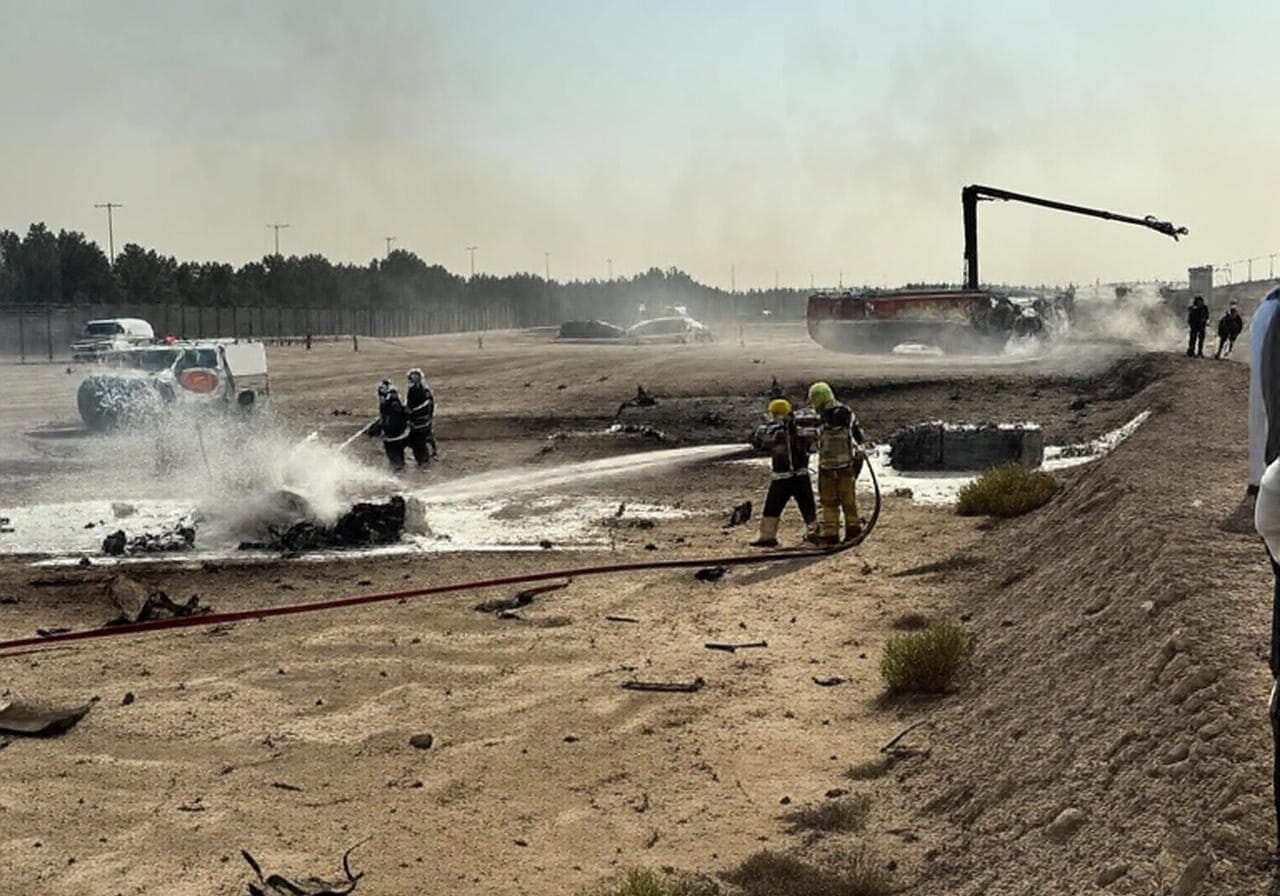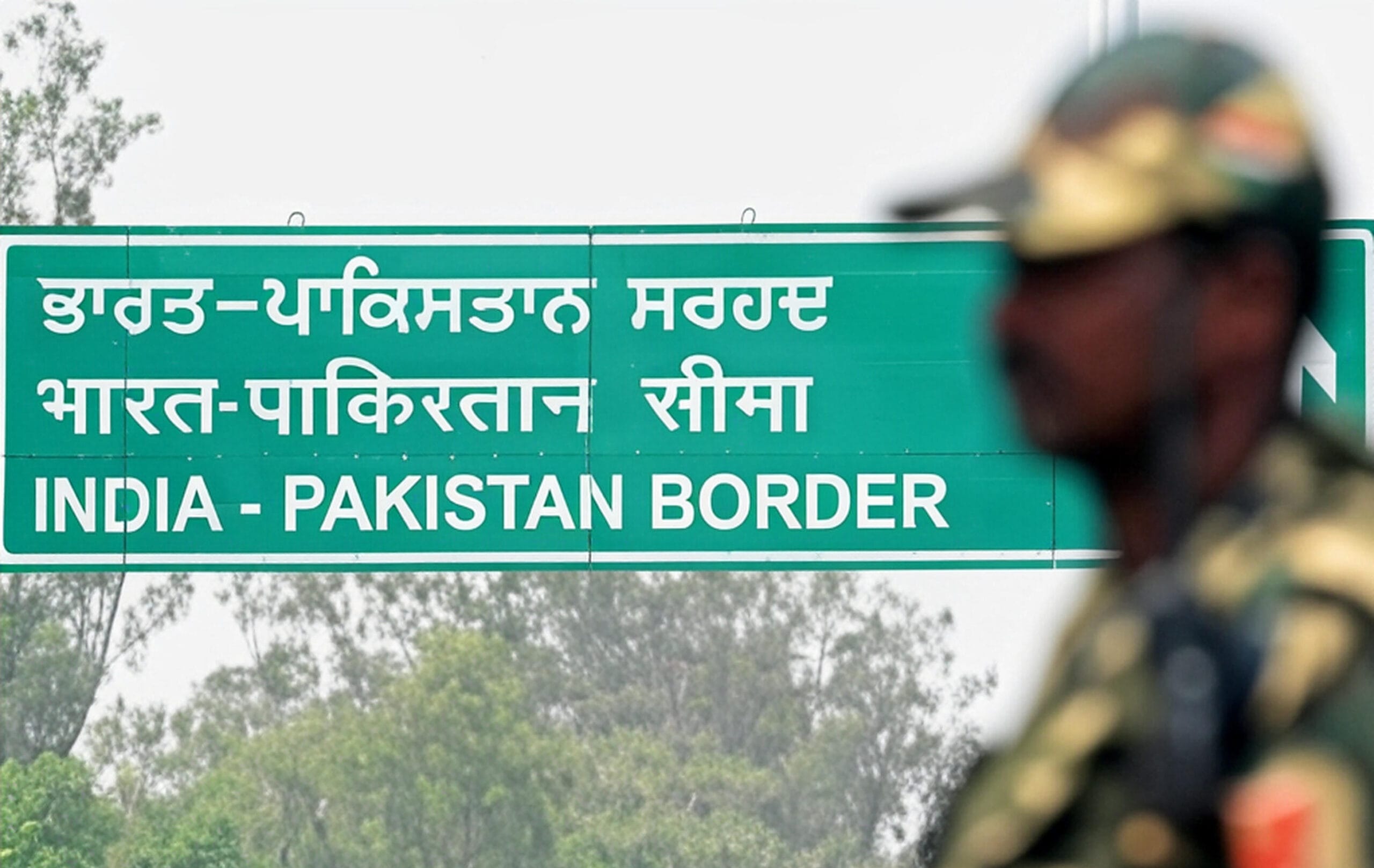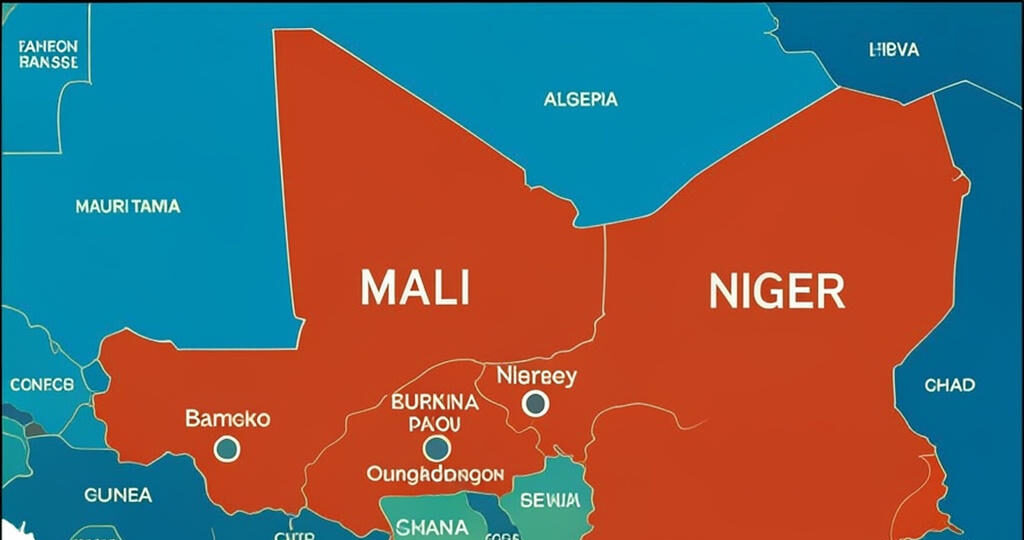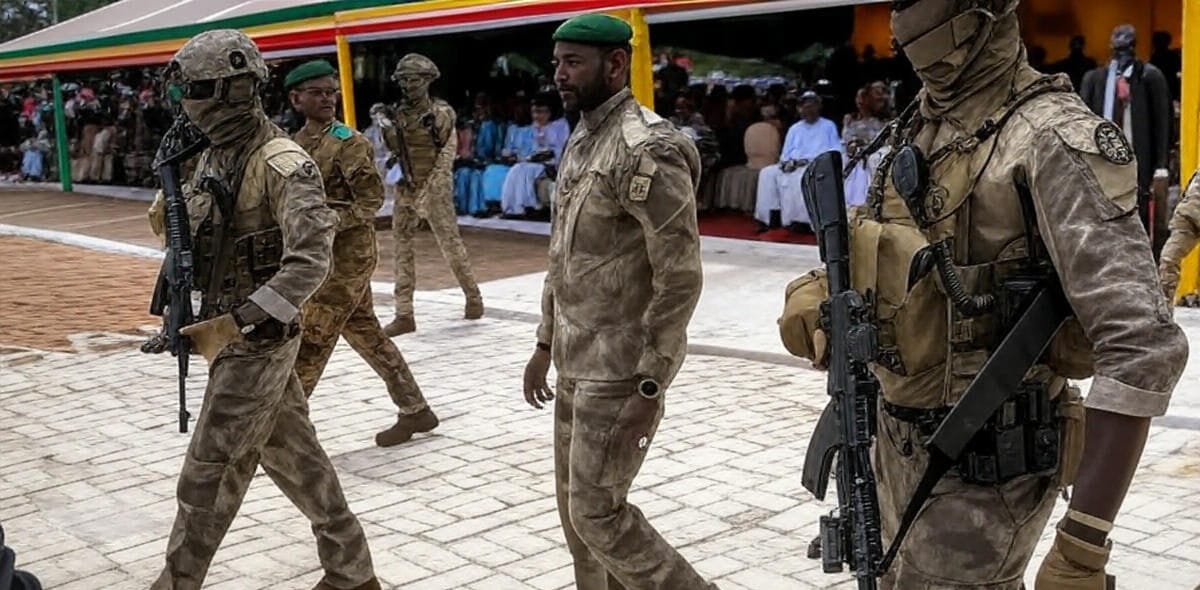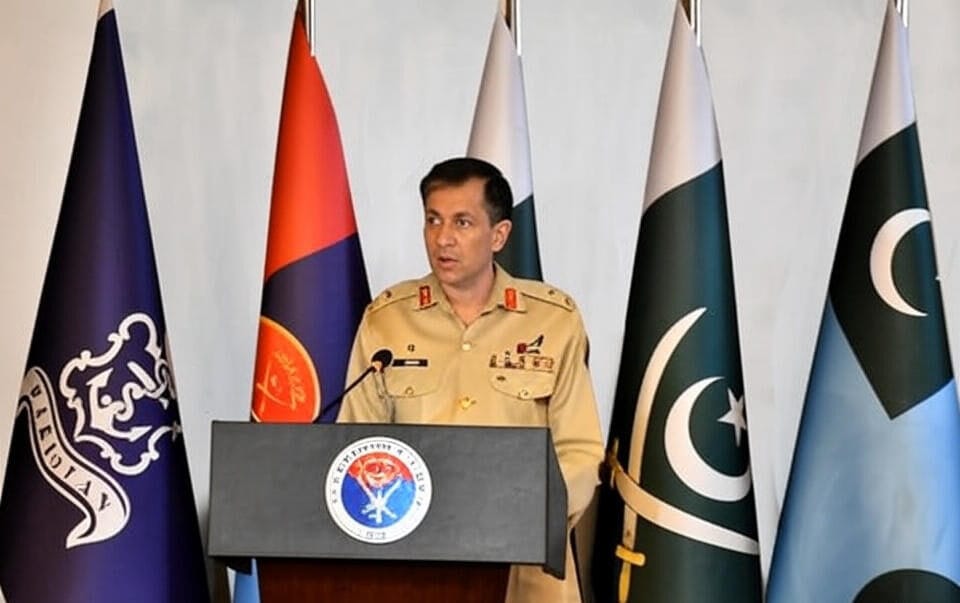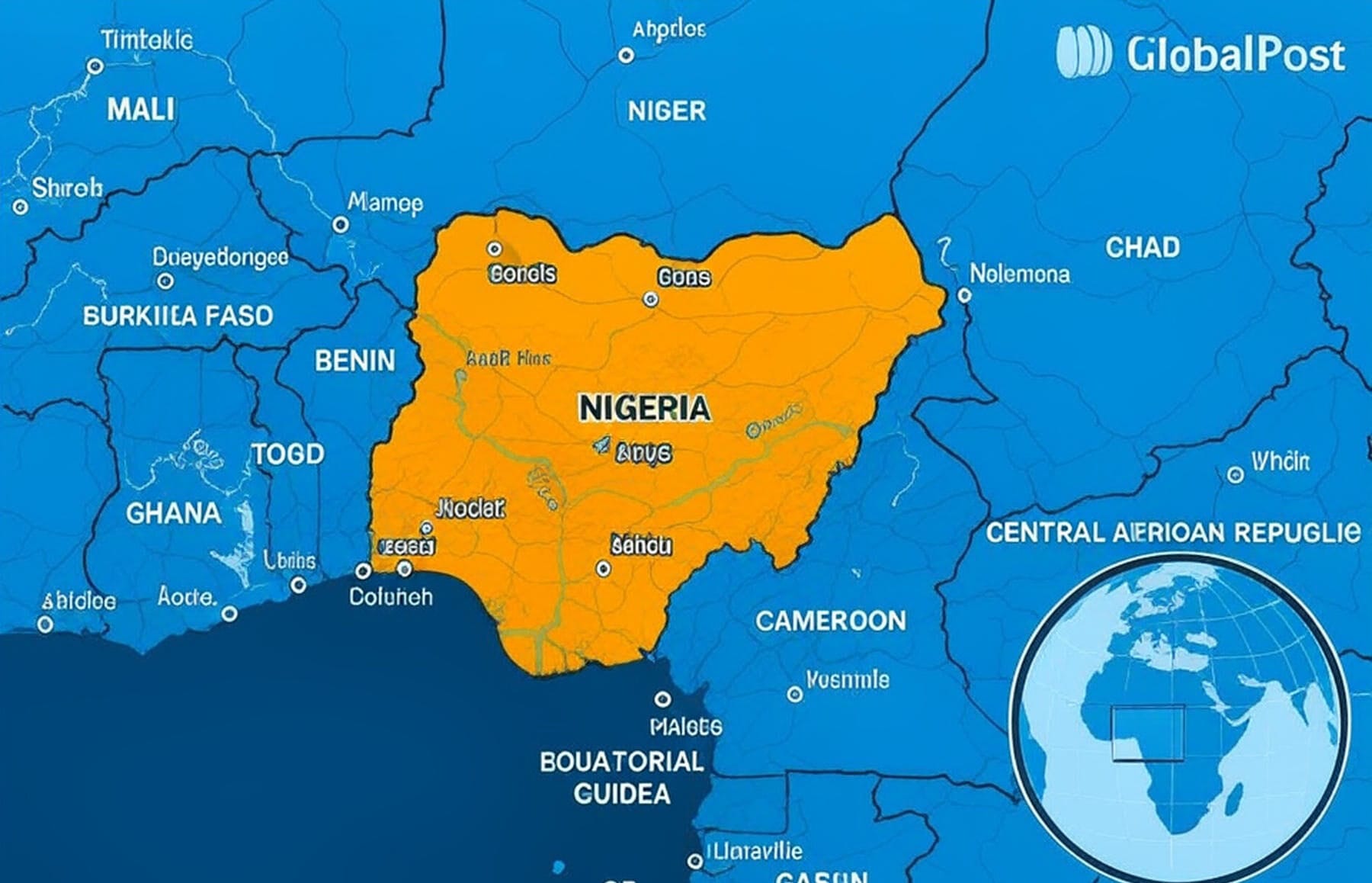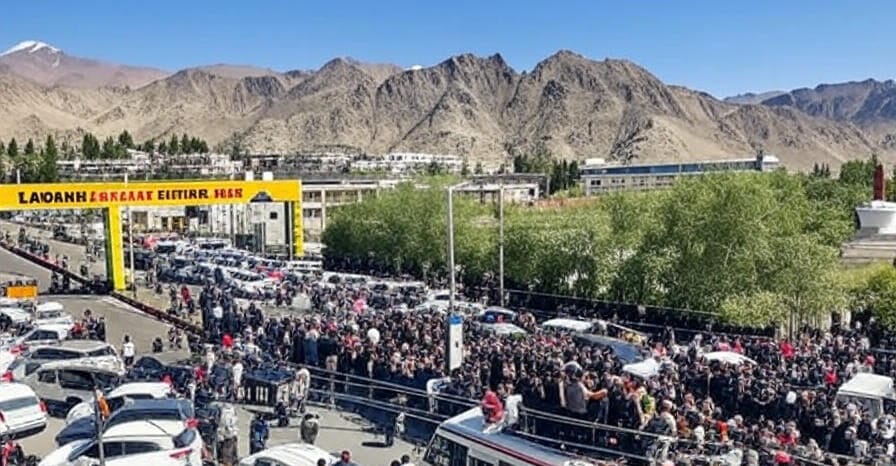
In the heart of the Himalayas, Ladakh, renowned for its serene landscapes and cultural heritage, is engulfed in a deepening crisis. On September 24, 2025, violent protests erupted in Leh, demanding statehood and inclusion under the Sixth Schedule of the Indian Constitution. These demonstrations, which claimed at least four lives and injured over 60 people, have exposed long-standing frustrations over unemployment, land rights, and unfulfilled promises of autonomy. As of September 29, 2025, Leh remains under tight security, with the Kargil Democratic Alliance (KDA) enforcing a shutdown to protest the fatalities. This blog explores the roots, consequences, and future of this unrest, shedding light on Ladakh’s fight for recognition within India’s federal framework.
Escalating Tensions in Ladakh
The protests in Ladakh have thrust the region into the national spotlight, highlighting a struggle for political and cultural recognition. On September 24, clashes between protesters and security forces led to a curfew and the arrest of prominent activist Sonam Wangchuk on September 26. The KDA’s ongoing shutdown call has disrupted daily life, with security forces maintaining a heavy presence in Leh. Scheduled talks between protesters and government representatives on October 6 offer hope, but the situation remains volatile, with implications for India’s governance of its Union Territories.
Historical Context
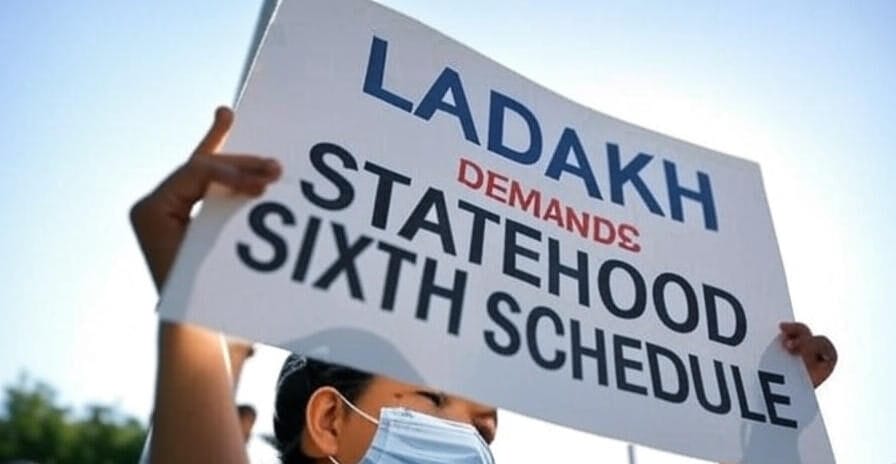
The unrest in Ladakh is deeply rooted in its administrative history. The 2019 revocation of Article 370, which reorganized Jammu and Kashmir into two Union Territories, made Ladakh a centrally governed region without a legislative assembly. While some locals initially supported the change, the lack of statehood and legislative autonomy has fueled discontent. The demand for Sixth Schedule status, which grants protections for tribal areas, stems from fears of land alienation and cultural erosion due to external development projects.
Key Grievances Driving the Protests
The protests reflect a culmination of unresolved issues, including:
- Unemployment: Limited job opportunities, particularly for youth, in a region with minimal industrial growth.
- Land Rights Concerns: Anxiety over external investors acquiring land, threatening local communities.
- Lack of Autonomy: Absence of a legislative body to address regional needs, leaving Ladakh dependent on central governance.
The arrest of Sonam Wangchuk, a Ramon Magsaysay Award winner known for his advocacy in education and environmental issues, has become a rallying point, with many viewing him as a symbol of Ladakh’s resistance.
Violent Clashes and Immediate Aftermath
On September 24, thousands gathered in Leh to press their demands, but the protests turned violent as security forces deployed tear gas and batons. The clashes resulted in four deaths and over 60 injuries, prompting a curfew and internet restrictions. Wangchuk’s arrest on September 26 for leading an unauthorized march further inflamed tensions. As of September 29, the KDA’s shutdown has closed shops and schools, with security forces patrolling to prevent further violence. Local leaders are demanding accountability for the fatalities, while the government’s promise of talks on October 6 has met with skepticism.
Broader Implications for India’s Governance
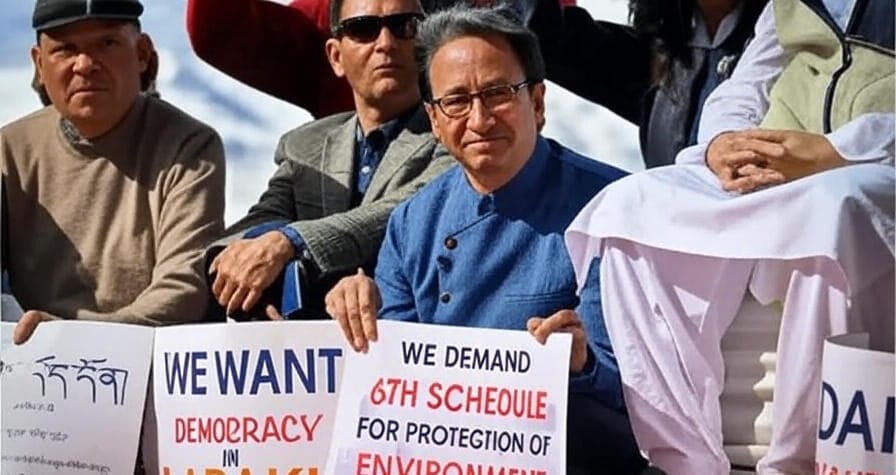
The Ladakh protests underscore challenges in India’s governance of its Union Territories. The lack of legislative autonomy in regions like Ladakh and Puducherry raises questions about federalism and local representation. The demand for Sixth Schedule status highlights the need to protect tribal identities amid rapid development, a concern echoed in states like Assam and Meghalaya.
Strategic and Political Ramifications
Ladakh’s proximity to China and Pakistan makes its stability critical. Heavy-handed responses risk alienating locals, potentially destabilizing a sensitive border region. The protests have also sparked solidarity movements elsewhere in India, with opposition leaders criticizing the central government’s approach, amplifying calls for policy reform.
Community Perspectives
The protests have unified diverse groups in Ladakh, from youth to tribal leaders. Local voices emphasize the need for economic opportunities and cultural preservation. For instance, community leaders argue that without Sixth Schedule protections, Ladakh’s unique Buddhist heritage and tribal identity face erosion. Social media campaigns, despite internet curbs, have amplified these concerns, drawing national and international attention.
Challenges and Opportunities
The scheduled talks on October 6 offer a potential path to resolution, but addressing Ladakh’s demands requires careful policymaking. Granting statehood or Sixth Schedule status involves constitutional complexities, with implications for other Union Territories. Sustainable development, balancing economic growth with cultural preservation, is equally critical.
Proposed Steps for Resolution
- Dialogue and Trust-Building: Engage local leaders and activists like Wangchuk in transparent negotiations.
- Economic Investment: Promote tourism, renewable energy, and education to create jobs.
- Policy Reforms: Explore legislative autonomy or Sixth Schedule protections to empower local governance.
Conclusion
The Ladakh protests are a microcosm of India’s broader struggle to balance development, autonomy, and cultural identity. As Leh remains under tension, the nation watches closely. The government’s response in the coming weeks will shape Ladakh’s future and set a precedent for India’s approach to its diverse regions. For now, the people of Ladakh await meaningful action, hoping their voices will resonate in the corridors of power.
